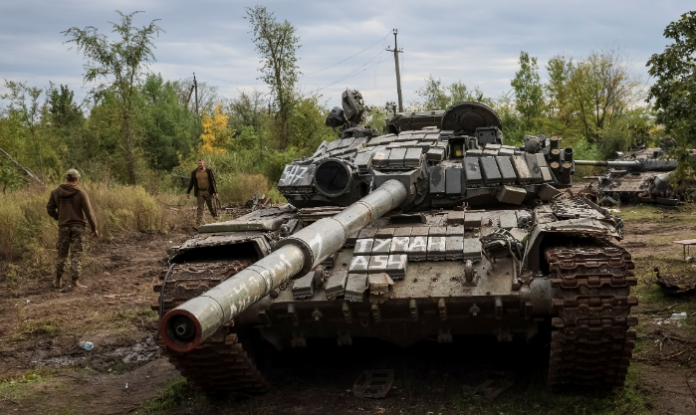Russian authorities declared on February 19th that Russian troops had successfully taken control of Avdiivka city in Ukraine’s Donetsk region. The Russian Defense Ministry stated that the capture was finalized following the securing of the Avdiivka Coke and Chemical Plant.
On February 17, Ukrainian forces pulled out of the city, marking a strategic move in the longstanding battle for control. The city’s capture provides Russian forces with a launching pad for further offensives aimed at gaining control of the entire eastern province. This triumph represents Russia’s most notable success since taking Bakhmut in May 2023. Colonel General Oleksandr Syrskyi, the Ukrainian army’s commander-in-chief, stated that he ordered the withdrawal to safeguard the lives of soldiers and position them for a more advantageous defensive stance.
During the Munich Security Conference, President Volodymyr Zelenskyy addressed the issue of an “artificial deficit” in ammunition among Ukrainian troops on the day of the withdrawal. He reiterated his urgency for expedited deliveries of long-range missiles and artillery shells. Additionally, US President Joe Biden emphasized the need for Ukrainians to conserve ammunition as he urged lawmakers to approve $60 billion in aid for Ukraine.
The city’s capture came at a high price for Russia, with over 17,000 Russian soldiers losing their lives in the battle. Ukrainian military spokesperson Dmitry Likhovy described the Russian casualties during the city’s capture as enormous, stating that over 30,000 Russian troops were injured. As Ukraine anticipates the arrival of F-16 fighter jets in June, the US-based Institute for the Study of War attributes the success of the siege largely to Russia’s current superiority in airpower.
The Russian military faced additional challenges beyond high casualties during the city’s capture. Shortly after Avdiivka fell, the 42nd Motor Rifle Division, emboldened by their success, tried to attack Ukraine’s 65th Brigade in Robotyne using dozens of aging T-55 tanks. When the confrontation ended, open-source analyst Andrew Perpetua observed 28 wrecked and abandoned Russian tanks and armored vehicles on the frontline, while only six Ukrainian tanks were damaged or destroyed.








